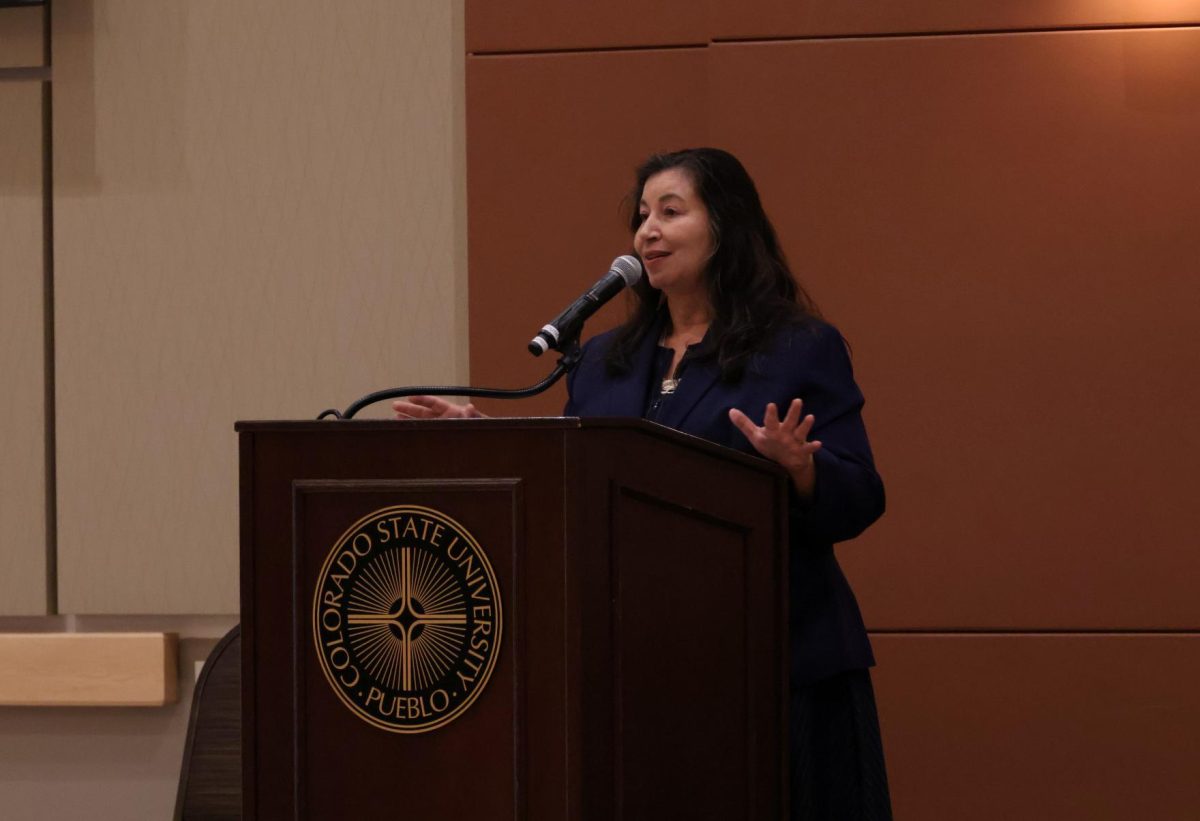
Photo courtesy of the First Year Programs Facebook page.
Over the last several years, Colorado State University-Pueblo has been taking steps to improve the student retention rate.
“CSU-Pueblo’s retention rate has fluctuated over the last few years,” Director of Recruitment and First Year Programs, Derek Lopez, said.
In 2006, CSU-Pueblo’s retention rate was as low as 59 percent.
In 2007, First Year Programs was developed at CSU-Pueblo to combat the problem. The new program was made possible through a Title V grant, and played a part by bringing retention rates back up to 65.5 percent, Lopez said.
“Last year, there was another dip in retention, which had a lot to do with the miscommunication between the university and the students about bill paying. However, things are straightening out,” Lopez said.
“We are still in the process of establishing long-term goals,” Lopez said. “However I would like to see it at 70 percent.”
Lopez gave reasons for low retention rates which included: low student achievement, financial struggles, the desire to go to a different school and students who know coming in that they only want to stay at CSU-Pueblo for one year.
The First Year Programs combats these issues by seeking out the at risk students, which they define as any student who is struggling academically.
“We go and seek out these students, and check in with them, or some of them seek us out for help,” Lopez said.
The interventions include: tutoring, advocacy and recommending students for counseling.
A retention steering task force, which is made of faculty members from departments all over campus, has been created to address students who are at risk.
This task force works on raising student awareness to the resources available to them, such as tutoring, and is currently working on coordinating the tutoring efforts across campus.
“There are several places on campus which provide tutoring for students, and we’re working on coordinating those,” Lopez said.
There are several other areas that the task force is looking into improving, with attendance policies being one area also is coming under scrutiny.
“All we know is that when students go to class, they do well. When they aren’t in class, they aren’t going to do well, we’re exploring the attendance policies for ways they can improve,” Lopez said.
Another option would be to offer accelerated courses that begin at the midterm of a semester, but finish at the same time as all the other classes.
According to Lopez, this would provide the ability, for students, to drop a class that they are doing poorly in, at the beginning of the semester, but still have the ability to finish the semester with the same number of credits by enrolling in one of the accelerated classes.
“I don’t know if these classes would even work at this university,” Lopez said. “But it’s an option we are exploring.”
The task force is also looking at changing how soon first year students transfer from a first year advisor to a faculty advisor.
Freshmen students who come into the university with a low index score may also, in the future, be asked to take a class that would introduce them to college survival skills.









